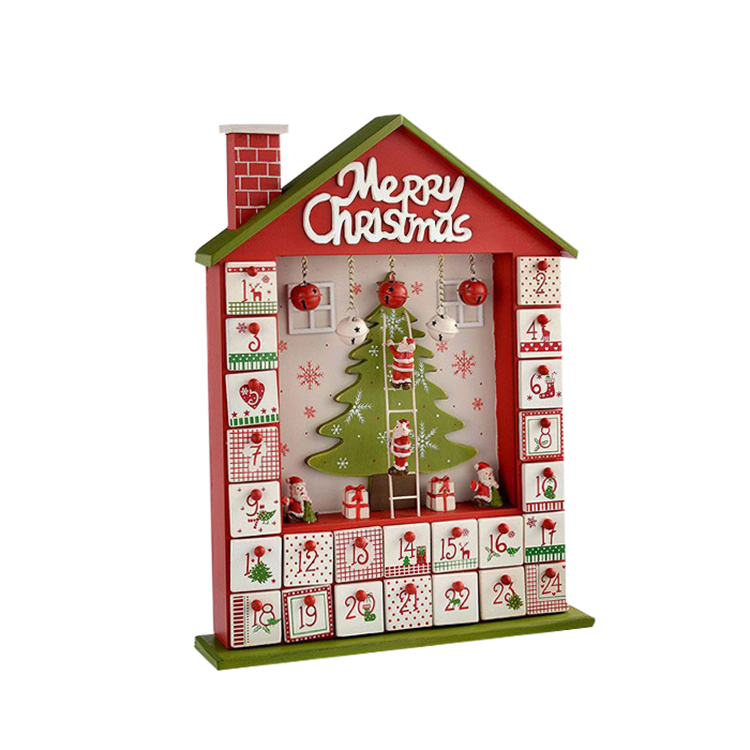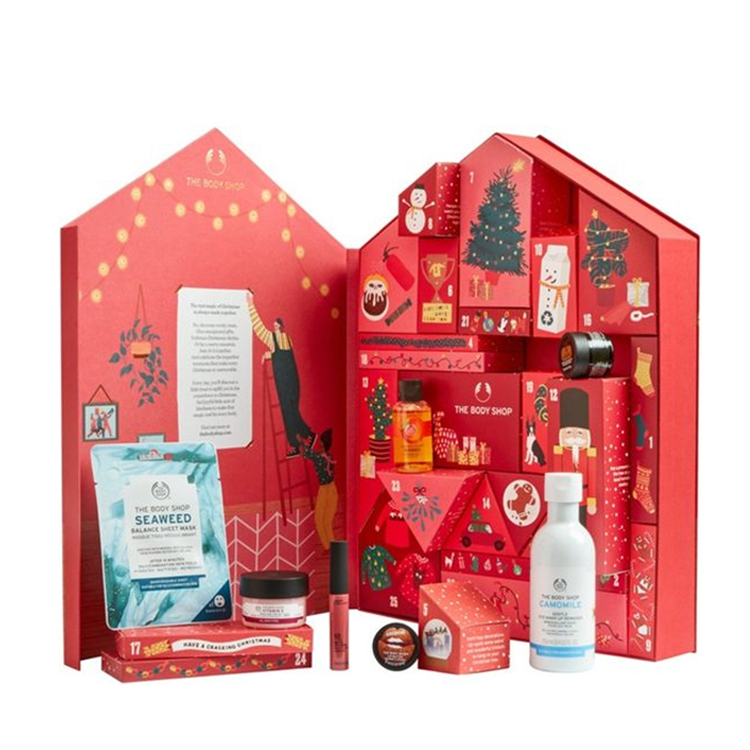
"Through innovative materials, interactive features, and thoughtful creative packaging design goes beyond aesthetics to create a memorable and meaningful connection between brands and their customers."
In the ever-changing world of marketing and product presentation, creative package design has become a vital factor that may make or break a brand's success.
In addition to fulfilling a functional purpose, product packaging is a key instrument for communicating a brand's identity, values, and uniqueness. This article looks at the top 15 original and creative packaging design ideas concepts that are expected to redefine market innovation, capture customers' attention, and drive brand loyalty.
Innovative Packaging Design Concepts
The following are some packaging design ideas. Here are a few examples:
Marvelous Minimalists for Creative Box Packaging Design
Minimalistic and inventive box packaging design demonstrates that sometimes less is more. Basic color choices, clean lines, and intelligent use of negative space all contribute to an appealing and excellent appearance.
This method not only keeps the focus on the product, but it also adheres to modern consumer demands for eco-friendly and clutter-free designs.


Eco-Friendly Designs
It has been superseded as a trend by the need for sustainability. Recycled or biodegradable packaging not only appeals to environmentally conscious customers, but also displays a brand's commitment to reducing its carbon footprint. Eco-friendly designs, such as packaging with seeds embedded in it that may be planted, add a playful and sustainable touch.
Renaissance Period
Customers usually identify with nostalgia. Adopting an antique-inspired container design may evoke feelings of comfort and familiarity. Retro typefaces, timeless color palettes, and timeless imagery can transport clients back in time while also instilling trust and confidence in the company.
Creative Packaging Desgns Enable Interactive Unboxing
Marketers are capitalizing on the popularity of unboxing videos by creating imaginative packaging designs that create a delightful unpacking experience.
By including secret compartments, pop-up components, or even augmented reality capabilities, the unpacking process may be transformed into an exciting adventure that encourages customers to share their experiences on social media.
Expressions of Art
Packaging is being used as a canvas by brands to produce works of art. Furthermore, by collaborating with well-known artists or employing intricate drawings, the packaging might become a collection. In addition to capturing the attention of the viewer, aesthetic expressions communicate a deeper message to customers.
Geometric Marvels
Geometry gives packaging a sense of form and visual appeal. A visually appealing and aesthetically pleasing design can be created by employing geometric forms, patterns, or even origami-inspired folds. The mix of forms and colors gives the box a modern and vibrant appearance.
Product Packaging as a Medium for Storytelling
Consumers are drawn to tales, and packaging may be used to tell them. Customers are emotionally engaged when brands offer a compelling narrative about their history, basic ideals, or production practices in their product packaging. This, in addition to involving customers, fosters brand loyalty.


Opulent embellishments
For high-end goods, packaging should exude elegance. Using shiny foils, emboss textures, and intricate craftsmanship can improve the apparent quality of a product. Because of the exclusivity and beauty that opulent decorations portray, the buyer feels as if they are making a truly unique investment.
Playful Retail Packaging Personalization
Retail packaging is not an exception to the customization marketing trend. Brands are providing customisable features for customers, such as name tags or stickers, allowing them to create a personalized experience. Furthermore, user-generated content fosters not only a sense of ownership but also brand advocacy.
Showcase of Transparency
The transparent package design demonstrates a brand's honesty and sincerity. Transparent windows or packaging that displays the actual goods provide a sneak peek that boosts confidence. This works particularly effectively in industries such as cosmetics and food, where a product's aesthetic attractiveness is a primary selling point.
Cultural Blending
In today's globalized culture, it is critical to celebrate diversity. Packaging designs inspired by other cultures and customs generate a sense of inclusiveness.
By respecting various cultures, brands may reach a bigger audience and demonstrate their dedication to embracing diversity.
Elements of the Future on Packaging Boxes
The packaging boxes convey the fact that the future has here. By incorporating holographic finishes, LED lighting, or even interactive electrical components, one can achieve a futuristic and technologically advanced appearance. Furthermore, consumers who are tech-savvy and value innovation in all aspects of their lives are drawn to these designs.
Imaginative Typography
Brands are using typography, which is an art form in and of itself, to create inventive package designs. Using amusing typefaces, imaginative text layouts, and wordplay, the packaging can be given a sense of humour and lightheartedness. This design style is especially helpful for things intended at a younger demographic.
Structures that are long-lasting
Innovative packaging goes beyond materials. Companies are experimenting with innovative package designs that are both functional and appealing.
Foldable packaging, origami-inspired shapes, and modular designs may astound and surprise clients while being environmentally sustainable.
Color contrasts that pop
Colors can transmit messages and elicit emotional responses. Color contrasts that are bold in product packaging designs generate an impression and draw attention to the items. Color schemes with high contrast can call attention to crucial package elements and help create a memorable impression. As a result, packaging design has evolved into a dynamic and crucial component of branding and marketing. The use of unique package concepts that appeal to the tastes and values of a brand's target audience can significantly boost its exposure and popularity.
Furthermore, businesses may create packaging that tells a compelling story, engages the senses, and builds long-term relationships with their target audience by embracing simplicity, sustainability, interactivity, and artistic expression.
Creative Packaging Ideas: 8 Avoidable Pitfalls creative box packaging design
In the competitive world of marketing and branding, packaging design is critical for capturing consumers' attention and establishing brand loyalty. Innovative packaging solutions can help a product flourish, but it's also important to be aware of any potential pitfalls that could derail your efforts. In order to ensure that your company stands out for all the right reasons, we'll look at 8 common mistakes to avoid when implementing innovative packaging concepts in this piece.
Designs that are overly complicated
Although it is sense to want to create a packaging design that is unique and memorable, going overboard with complexity may cause confusion. Overly complicated designs might overwhelm customers and obscure your brand's key message. To correctly describe the objective of your packaging to customers without confounding them, you must strike a balance between originality and clarity.
Ignoring Usability
Although aesthetics are important, utility should never be overlooked. Customers can become upset by difficult-to-open, reseal, or store packaging, which can negatively impact their perception of your company. Consider how the packaging will be used and how it will effect the overall consumer experience before deciding on a design.
Brand Alignment Is Inadequate
Your packaging visibly represents your brand's identity. Customers may feel perplexed if your packaging design does not correspond to your brand's values, tone, and overall image. Your packaging should convey the core of your firm and appeal to your target demographic in order to develop a strong and identifiable brand identity.
Insufficiency of Sustainability
In today's environmentally conscious society, ignoring sustainability may ruin your company's brand. Customers that care about the environment may be turned off by packaging that is not eco-friendly or does not consider the lifespan of the materials. By incorporating sustainable materials and design ideas into your packaging, you can position your business as socially conscious and progressive.
Inadequate Typography and Readability
Typography has a tremendous impact on effective communication. Customers may struggle to understand important information on your packaging if you choose overly intricate typefaces or fail to emphasize readability. Make sure your font is legible and the appropriate size for conveying the most crucial information about the product.
Inconsistency in Product Branding
If your organization sells a variety of products, maintaining consistency in packaging design is critical. Consistency may confuse buyers and reduce brand recognition. Strive for a consistent packaging identity that connects all of your products, whether through color schemes, logo positioning, or design elements.
Competitors' Plagiarism
While keeping up with market trends is important, copying your competitors' package designs verbatim may be counterproductive.
Your company's packaging should be different and stand out from the crowd. Rather from simply replicating what is already available, concentrate on uncovering distinguishing aspects of your product and brand that can be reflected in an original packaging design.
Ignoring Consumer Insights
When designing packaging, consumer interests and behavior should be considered. Failure to collect and analyze client information may result in packaging that does not appeal to your target market. Conduct market research, polling, and focus groups to properly understand what appeals to your clients. Then, adjust your package accordingly.
Summarizing creative package design
To summarize, while unique packaging design concepts can improve consumer awareness and interest in your brand, success is dependent on avoiding these common mistakes. Keep designs simple, helpful, link with your brand, sustainable, legible, consistent, original, and well-informed by consumer insights to ensure that your packaging not only attracts the eye but also makes a pleasant and lasting impact on customers.














